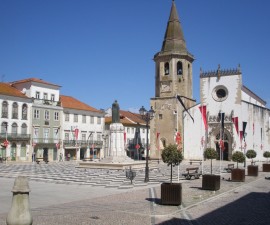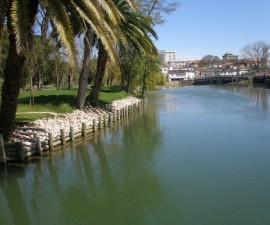The Convento de Cristo, Tomar, is an exceptional monastic fortress constructed over the course of five centuries. The original footprint was built by the provincial Master of the Order of the Temple, named Gualdim Pais, and is typical of the rotondas of Templar architecture. The fortress was selected as the headquarters, in Portugal, of the Templar Knights and played an important role in their Reconquest and in their subsequent regrouping as the Knights of the Order of Christ. It continued at the forefront of Portugal’s age of exploration and opening to other civilisations and was designated a UNESCO World Heritage Site in 1983 for its architectural and cultural significance.
Henry the Navigator was one of the order’s most famous grand masters. The Prince devoted much of the Order’s finances to fund his 15th Century explorations, securing the Order’s place in the history books. It was also the location of the formation of the Iberian Union in 1581, when Philip II of Spain was also recognised as Philip I of Portugal. The Union lasted until 1640 and it was during this time that the aqueduct was built.
The convent was turned into a barracks by Napoleon’s troops in 1810, which caused some considerable damage but nevertheless it has remained one of Portugal’s most important architectural legacies.
Key sights of interest at the Convent include its majestic entrance; the beautiful murals and sculptures of the charola; the 16th Century Manueline nave; the eight cloisters; the ornate janela, or window; the cross of the Order of Christ; and the armillary sphere, emblem of King Manuel I and of Portugal itself.
Tour guides are available and are compulsory if you wish to visit the monks’ quarters. Opening hours are from 9am to 6.30pm in summer months and 9am to 5.30pm during the winter. Check with the local tourist office for up to date opening details for national holidays. The Convento de Cristo Tomar is a highly recommended site of interest for any visitor to Tomar.










